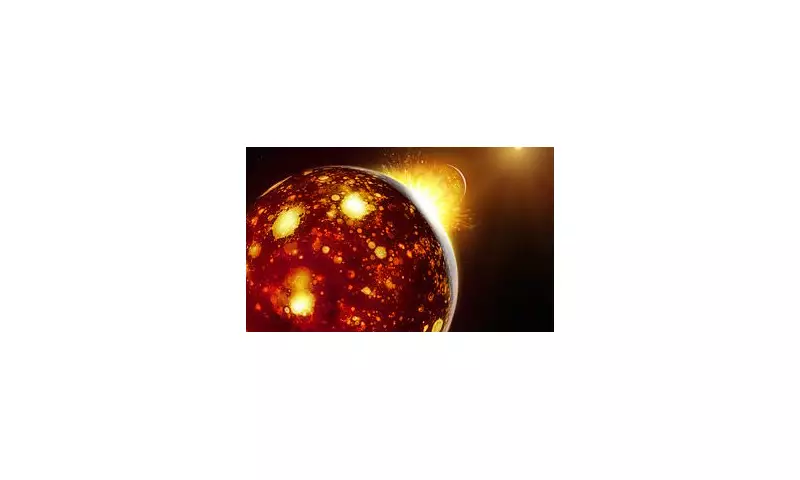
In a revelation that rewrites our cosmic history, scientists have unveiled a shocking new theory about the moon's origin, suggesting Earth once harboured a secret neighbour hiding in plain sight.
The Cosmic Collision That Forged Our Moon
Astronomers have long believed the moon formed approximately 4.5 billion years ago when a Mars-sized object named Theia violently collided with our young planet. This catastrophic impact completely obliterated Theia, leaving behind only mineral traces within Earth's crust and the moon itself.
Now, researchers from the Max Planck Institute for Solar System Research claim to have finally unravelled Theia's mysterious origins. Through meticulous analysis of mineral ratios found in both Earth and lunar samples, they've pinpointed where this ancient protoplanet likely formed.
Lead author Dr Timo Hopp told Daily Mail: 'Theia was likely one of tens to hundreds of planetary embryos that collided to form the planets.'
Earth's Lost Neighbour Revealed
According to Dr Hopp's research, Theia once occupied a stable orbit within the inner solar system, positioned slightly closer to the sun than contemporary Earth. This positioning means that for the first 100 million years of our solar system's existence, Earth had a hidden neighbour that has since completely vanished.
When Theia eventually collided with Earth, all surviving material from the impact was either absorbed into our planet or incorporated into the newly forming moon. Any debris that managed to escape was ejected from stable orbit and has long since disappeared beyond scientific reach.
This thorough mixing explains why scientists find it extremely challenging to determine what Theia was actually like, despite strong confidence in its existence.
Isotopic Clues Unlock Ancient Mysteries
The key to unlocking this cosmic mystery lies in isotopic analysis. Isotopes are elemental variants containing different numbers of neutrons within their atomic nuclei.
In their groundbreaking paper published in the journal Science, Dr Hopp and his team conducted extremely precise measurements of iron isotopes in Earth rocks, moon rocks retrieved by Apollo missions, and various asteroids.
The results revealed identical iron isotope ratios between Earth and the moon, matching previous findings for other elements. This remarkable similarity indicates that Theia and proto-Earth mixed together so comprehensively they became chemically indistinguishable.
'The similar isotopic composition makes it also impossible to directly measure the initial composition of Theia,' Dr Hopp explains.
Nevertheless, researchers successfully worked around this limitation by comparing moon and Earth samples to meteorites from different solar system regions. Their analysis conclusively showed that both Theia and proto-Earth likely consisted of rocky 'non-carbonaceous' meteors from the solar system's innermost regions.
The research suggests Theia orbited the sun for approximately one hundred million years before Jupiter's gravitational influence knocked it from its stable path, sending it careening into Earth in the collision that ultimately created our moon.
Dr Hopp concludes: 'It was on a relatively stable orbit around the Sun. We infer that this must have been closer to the Sun than Earth, however, that is all we can say.'




